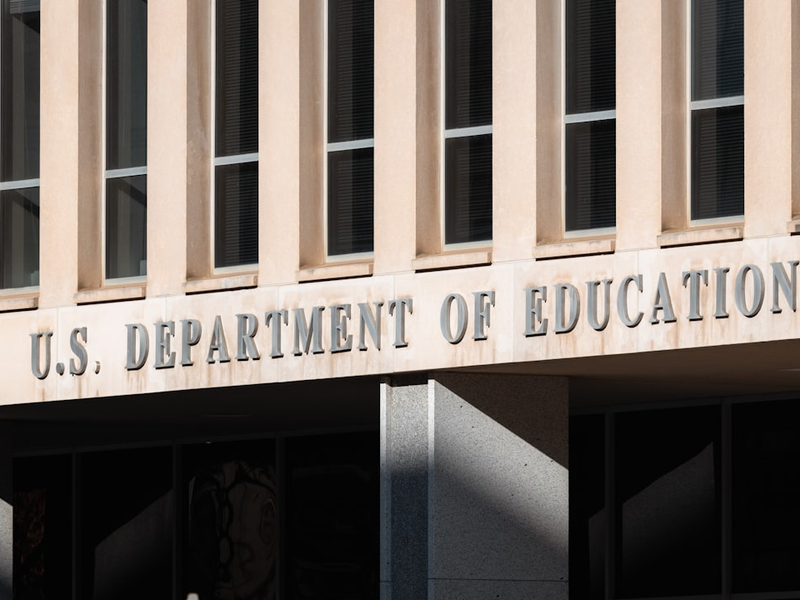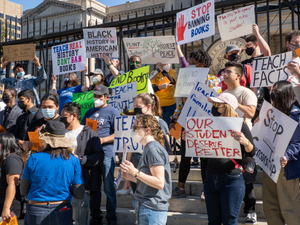Stanford's Massive Layoffs: How Federal Policies Are Crushing University Workers

Photo by Andy Feliciotti on Unsplash
The tech-adjacent academic world of Stanford University is about to experience a devastating workforce reduction that will impact hundreds of dedicated employees. In a shocking announcement, the prestigious institution revealed plans to eliminate 363 positions due to significant federal policy changes and budget constraints.
University president Jonathan Levin and provost Jenny Martinez candidly addressed the upcoming layoffs, emphasizing the “significant uncertainty” surrounding federal support for higher education. The cuts stem from recent federal legislation, specifically the One Big Beautiful Bill Act, which imposes an 8% tax on university endowments with over $2 million per eligible student.
The economic ripple effect is expected to be substantial, particularly in San Mateo County. David Canepa, county board of supervisors president, condemned the legislation as a “devastating piece of federal legislation that prioritizes politics over people,” highlighting the human cost of these bureaucratic decisions.
Stanford’s administration acknowledges the painful nature of these workforce reductions. In their statement, Levin and Martinez expressed deep respect for the affected employees, recognizing their critical contributions to the university’s research and educational missions.
The $140 million budget cut for the 2025-26 academic year represents a significant challenge for an institution known for cutting-edge research and innovation. While the university plans to offer support resources and layoff benefits to eligible employees, the broader implications for academic workers remain deeply concerning.
This situation underscores a growing trend of financial pressures facing higher education institutions, where federal policy changes can dramatically impact workforce stability and institutional capabilities. For many employees, these layoffs represent more than just a job loss – they signal a potential fundamental shift in how academic institutions operate and support their workforce.
As Stanford navigates these turbulent waters, the broader academic and tech communities will be watching closely to understand the long-term implications of these workforce reductions.
AUTHOR: mp
SOURCE: Local News Matters


























































